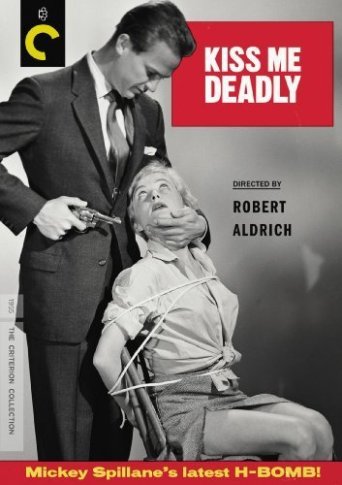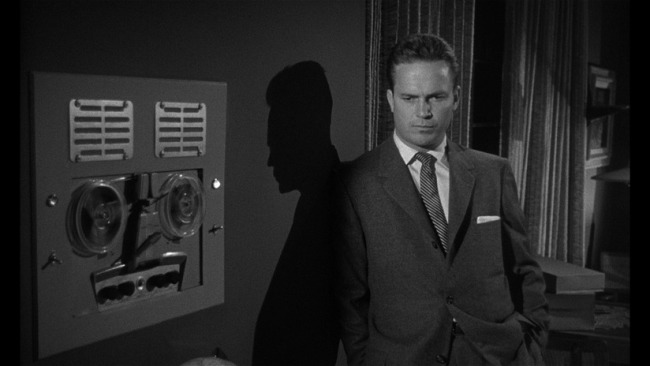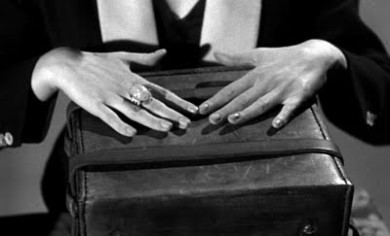
“Blade Runner” directed by Ridley Scott is a fascinating film which depicts the futuristic sci-fi version of Earth in the year 2017; where the human population has expanded out across the universe into space Colonies. Advancements in science and technology lead to the creation of Replicants, beings which replicate the appearances and functionalities of humans, but with advanced strength and armor. “Blade Runner” closely mimics the feel and style of George Lucas’ “Star Wars,” but in a more dramatic noir way. The film takes the classic noir feel of the 1950’s and places it in “Star Wars”-like urban environment. The use of urban environment and noir character type of the private eye helps to exemplify the noir style used in “Blade Runner”.
The use of an urban environment is very prominent throughout the classic noir era. “Blade Runner” issues a new form of an urban environment which mimics that of a city. However, the urban environment in this film is set between huge futuristic buildings with large car-like ships that fly, and with a large mix of multi-planet people and beings. With heavy neon lights, wet streets, and crowds of people, the urban environment in the film progresses the noir feel. However, the city also contains areas that look very slummy and run-down with sparse lighting and crowded streets. The use of heavy rain as well as the run down city streets gives the viewer the feeling that even in this advanced futuristic world there is still poverty and bad areas within the city. The heavy rain and dark city nights embody similar feelings derived from the city of Vienna in “The Third Man” as well as the city in “Laura.” Both noir films have similar urban environments to “Blade Runner.”

“Blade Runner” introduces us to our re-instated private eye Rick Deckard, who is a seasoned hunter of the Replicants and the top choice for Blade Runner duty. Deckard exhibits the typical behavior associated with the noir private eye, with his witty lines and tough exterior he gives us the sense that he is always one-step ahead. Rick Deckard portrays similar characteristics to both Holly Martins and Mark McPherson. Deckard has the smart level headed thinking of Holly Martins as well as the stick-to-itiveness to see the case to the end. Deckard also exhibits the tough qualities of Mark McPherson. We see Deckard multiple times either fighting or shooting Replicants with hero-like courage. Both Deckard and McPherson also love to drink, in both films the men can be seen drinking heavily across a few scenes. Deckard exhibits the private-eye in a new futuristic light. Just like Martins and McPherson, Deckard also has a love interest in the movie. As the film proceeds, we see Deckard as he starts to fall for a Replicant named Rachel. Deckard meets her while working on his case, just like Martins and McPherson did. Rick Deckard is a somewhat new-age private eye, who exhibits qualities much like characters we have seen before. “Blade Runner” embodies qualities similar to the classic noir but in a new light, using updated camera and film effects. Overall, the film brings to light a unprecedented sci-fi drama which closely mimics the feel and qualities of a classic noir but in a new-age “Star Wars”-like universe.








